Motivation презентация
Содержание
- 2. Motivation Motivation is internal and external forces that drive an individual
- 3. Model of Motivation
- 4. Two Types of Rewards Intrinsic rewards--satisfactions a person receives in the
- 5. Foundations of Motivation Traditional Approach - Frederick Taylor’s work on scientific
- 6. Motivation Content Theories Hierarchy of Needs Theory ERG Theory Two-Factor Theory
- 7. Abraham Maslow’s Hierarchy of Needs Theory
- 8. Maslow’s Hierarchy of Needs Theory According to Maslow’s theory, lower-level needs
- 9. ERG Theory
- 10. ERG Theory Managers must recognize that an employee has multiple needs
- 11. Acquired Needs Theory
- 12. Acquired Needs Theory Psychologist, who perform Thematic Appreciation Test (TAT), is
- 13. Two Factor Motivation Theory
- 14. Two Factor Motivation Theory
- 15. Motivation Process Theories Equity Theory Expectancy Theory
- 16. Motivation Process Theories 1 Equity Theory Developed by John Stacey Adams,
- 17. Components of Equity Theory Inputs - employee contributions to the organization
- 18. Outcome/Input Ratios
- 19. Motivation Process Theories 2 Expectancy Theory motivation depends on individuals’ expectations
- 20. Implication for managers Motivation should come down to three things: Effort
- 21. Motivation Reinforcement Theories
- 22. Reinforcement Perspective on Motivation
- 23. Application of the Reinforcement Theory
- 24. Job Design for Motivation Job in an organization is a unit
- 25. Job Design for Motivation Job simplification = job design whose purpose
- 26. Job Rotation Job Rotation = job design technique in which employees
- 27. Job Enlargement Job Enlargement = job design technique in which the
- 28. Job Design for Motivation Job Enrichment = job design technique that
- 29. Home task Chapter 15, page 465, Case Study “Kimbel’s Department Store”
- 30. Скачать презентацию
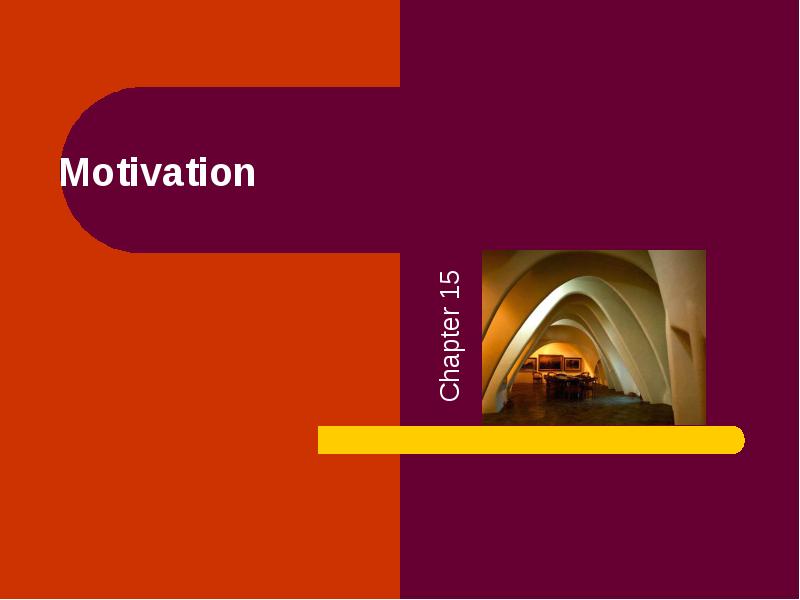



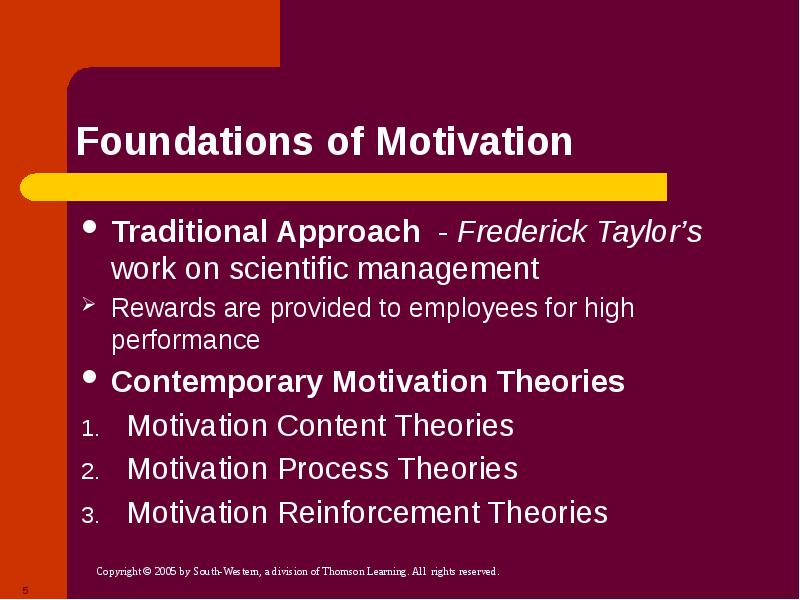
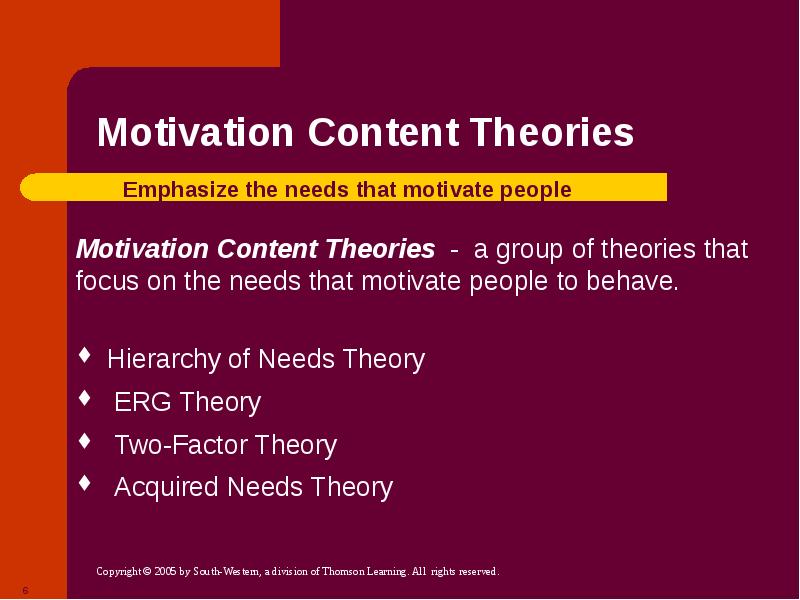
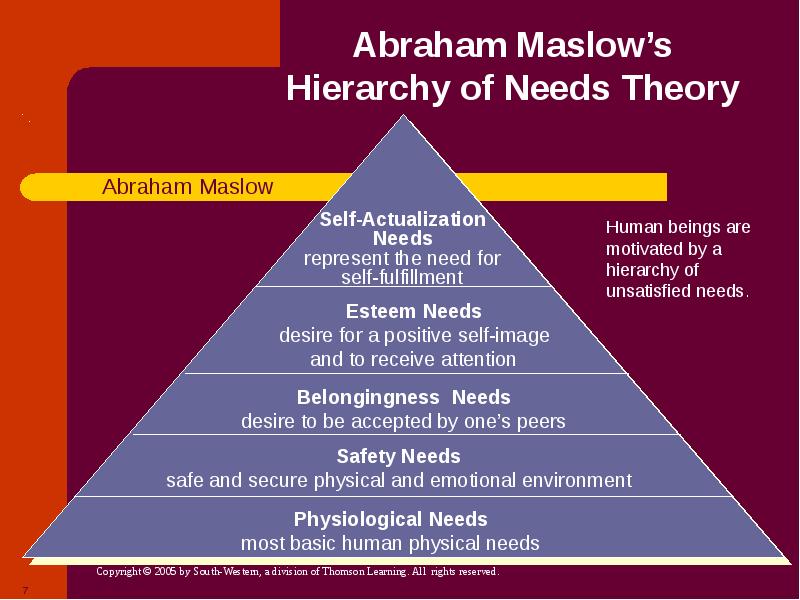
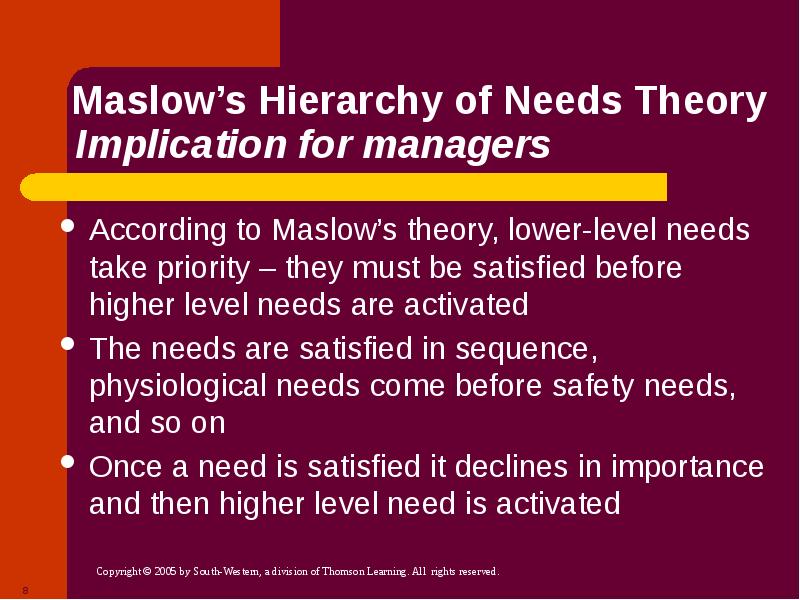

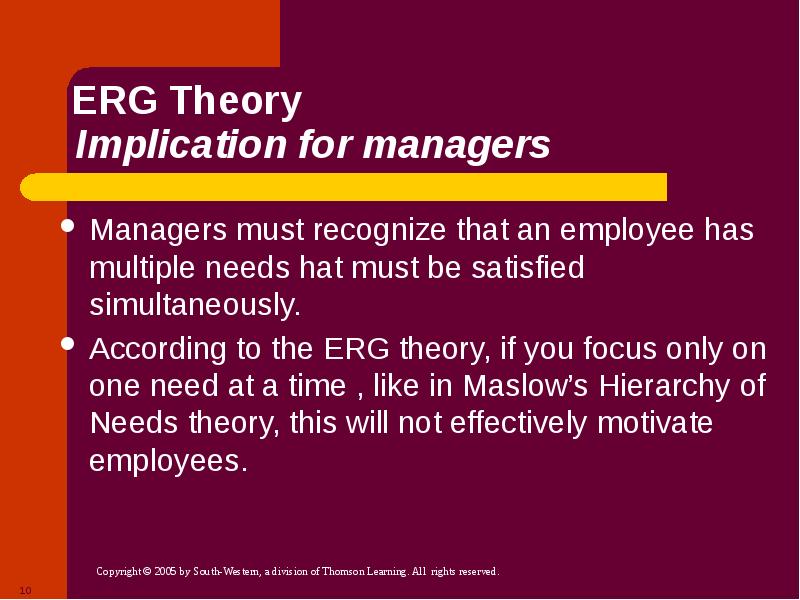
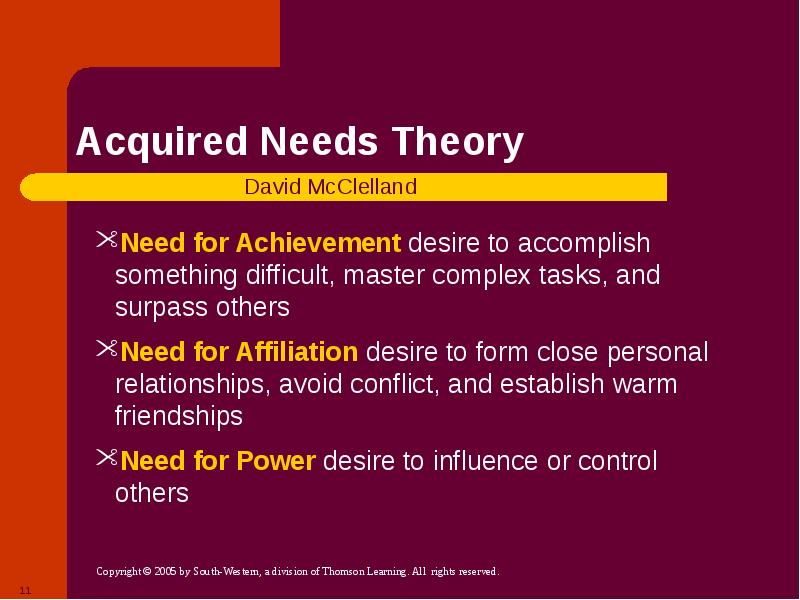
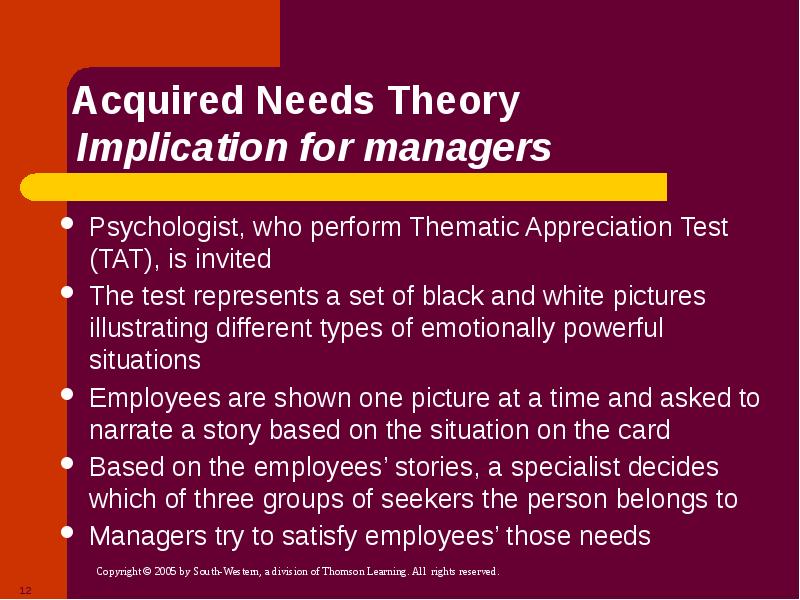
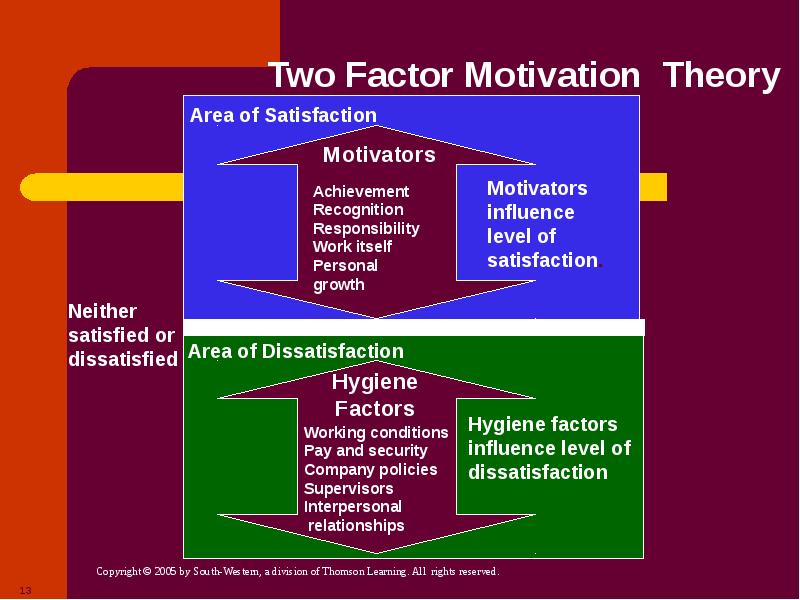
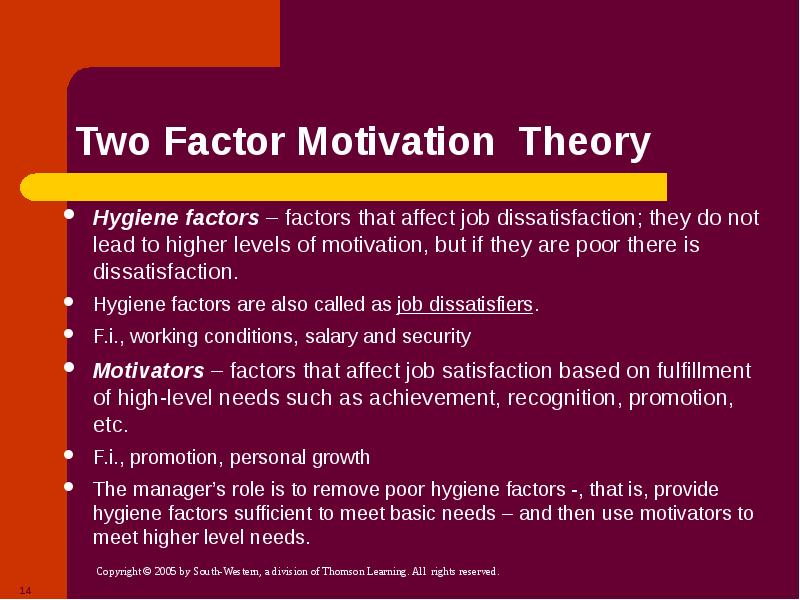
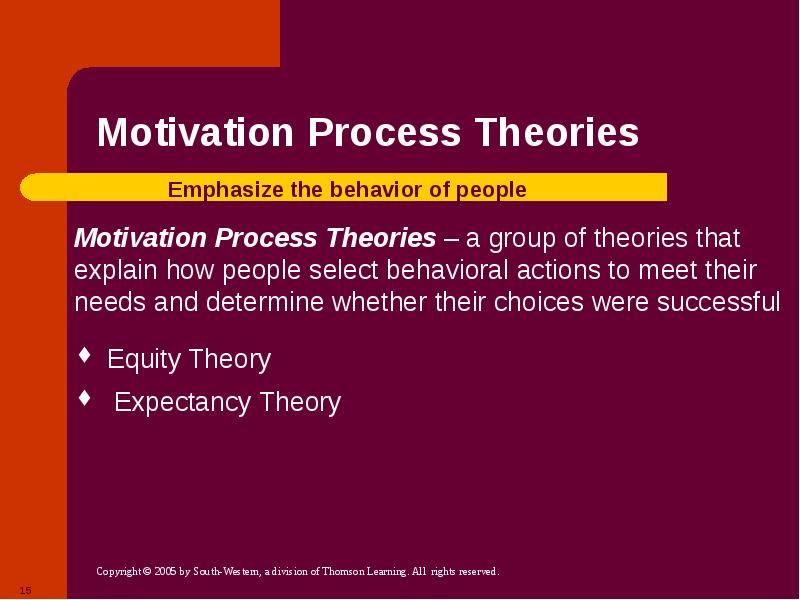
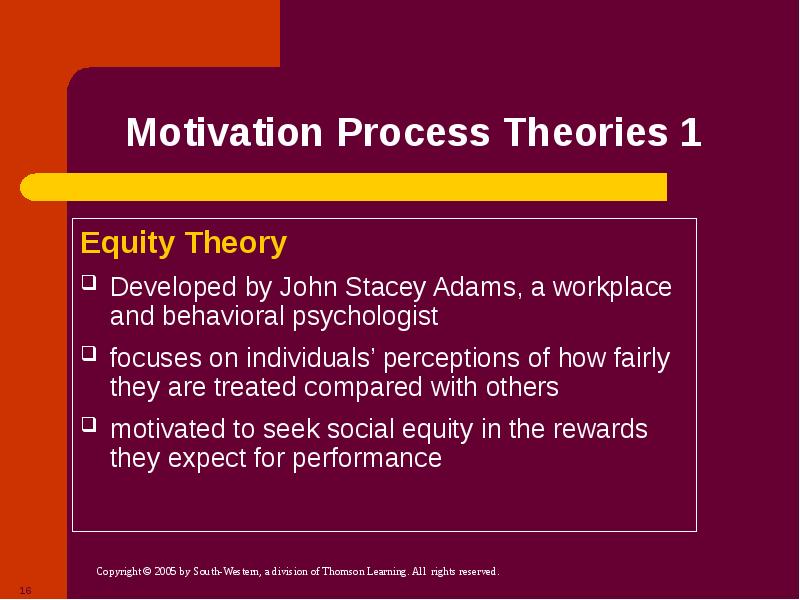
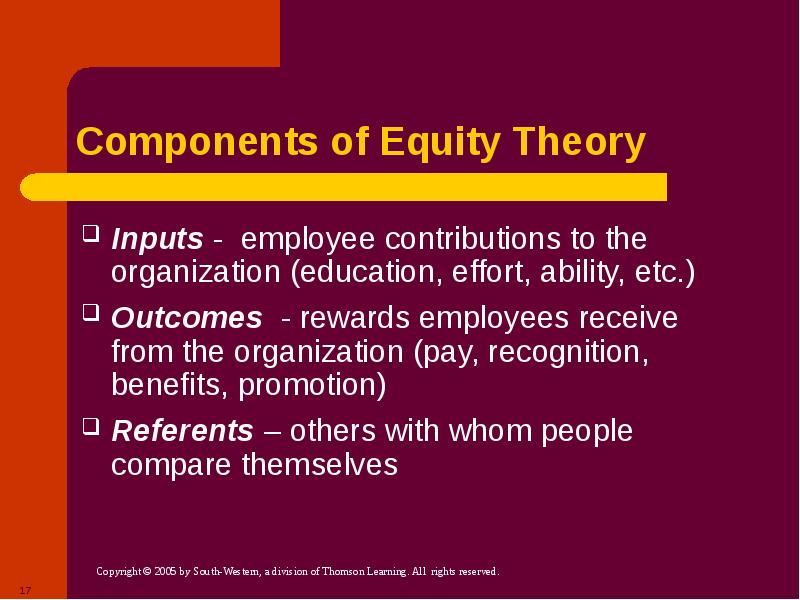
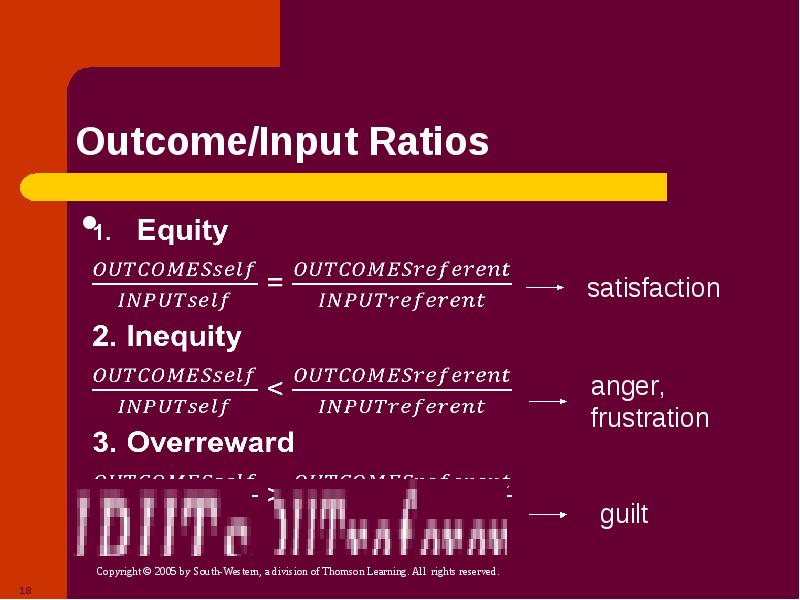

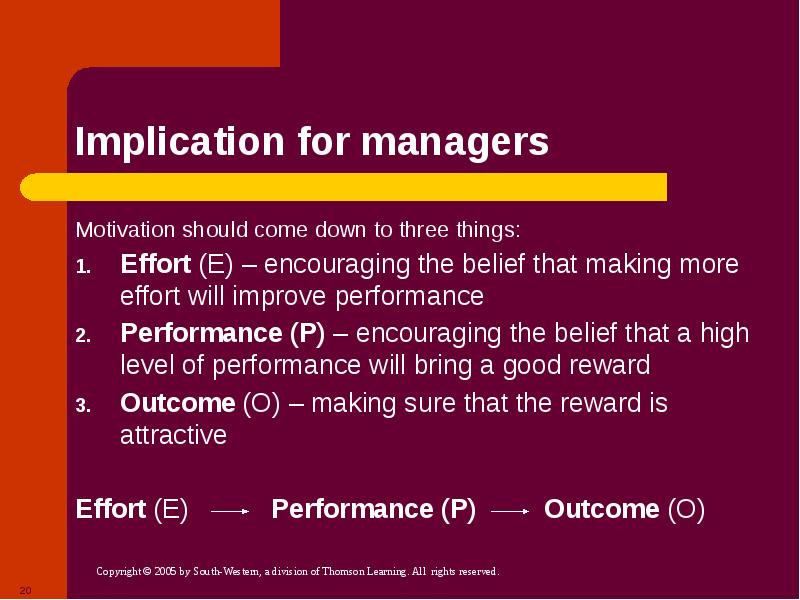
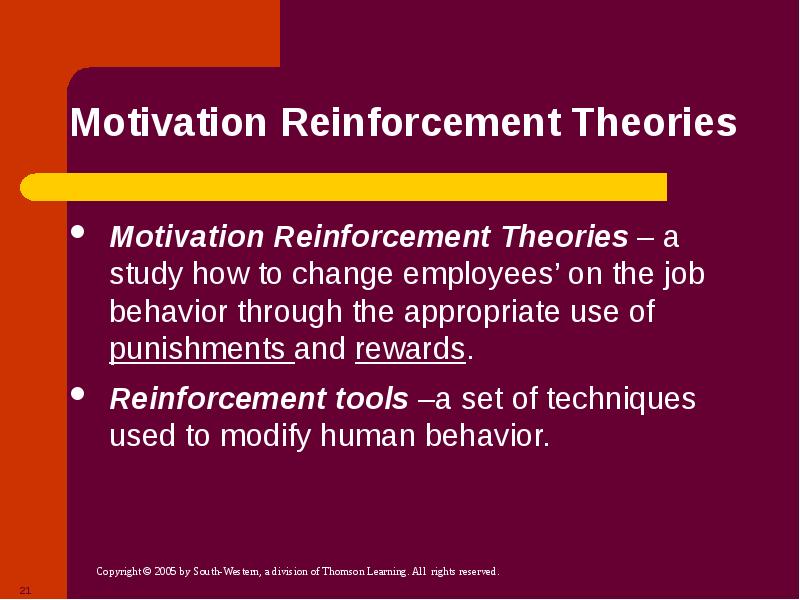
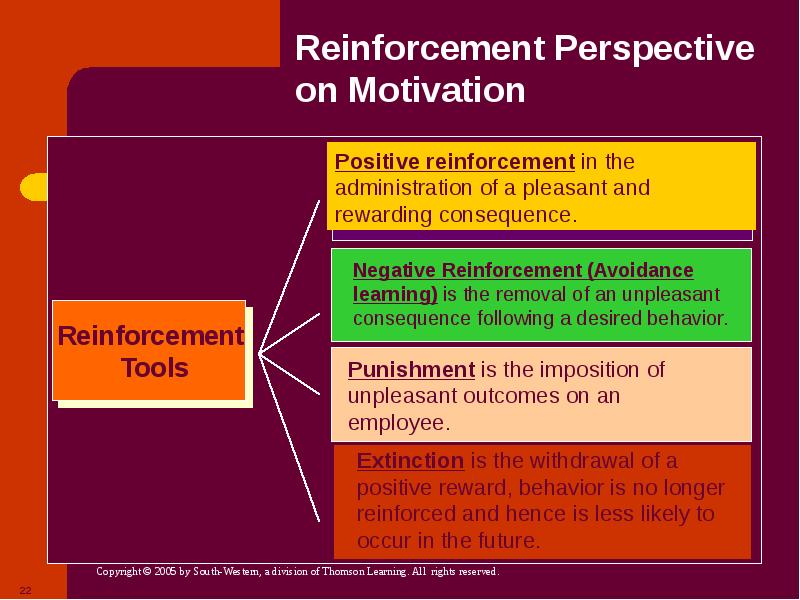
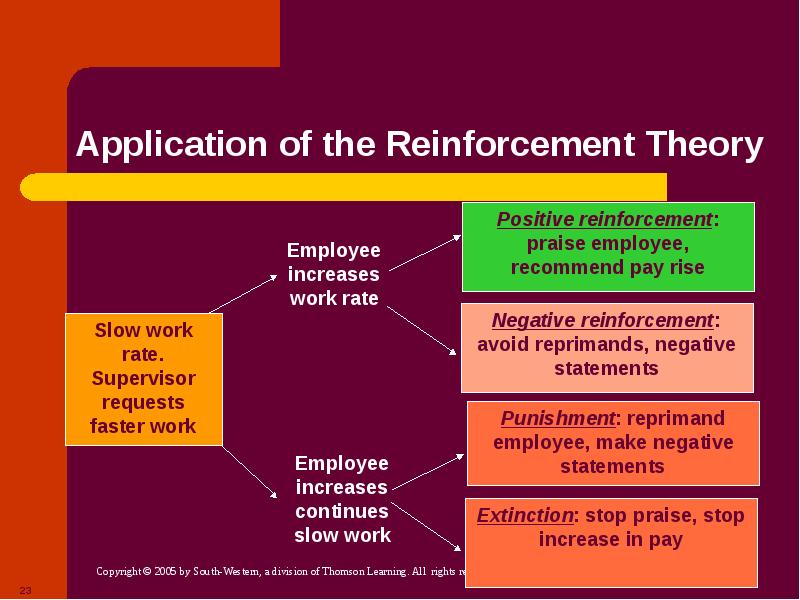
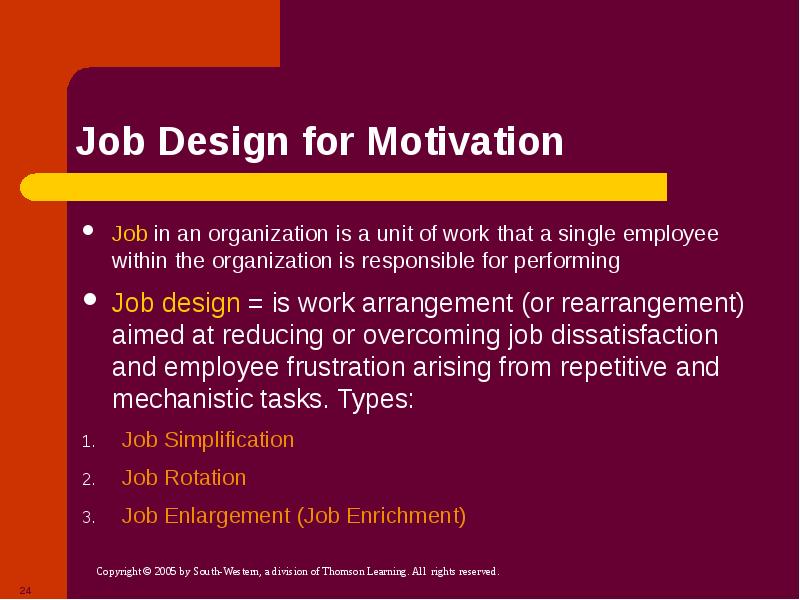
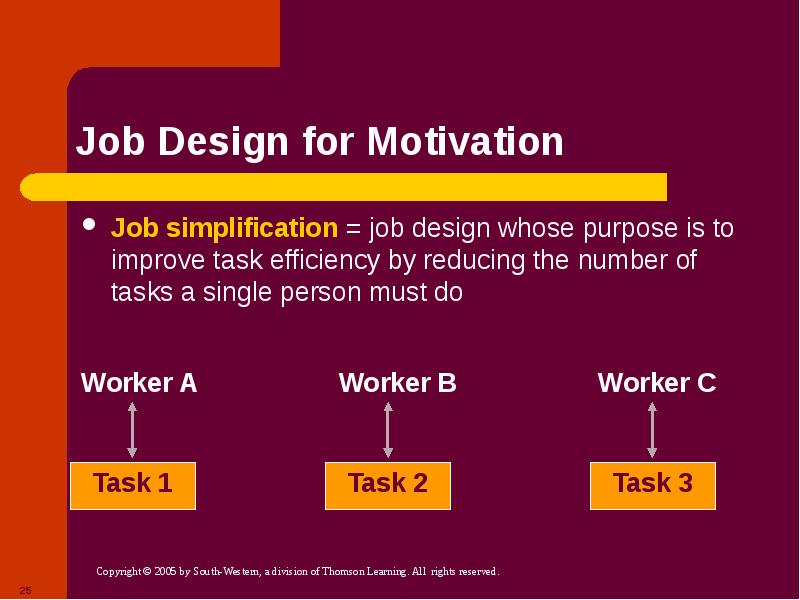
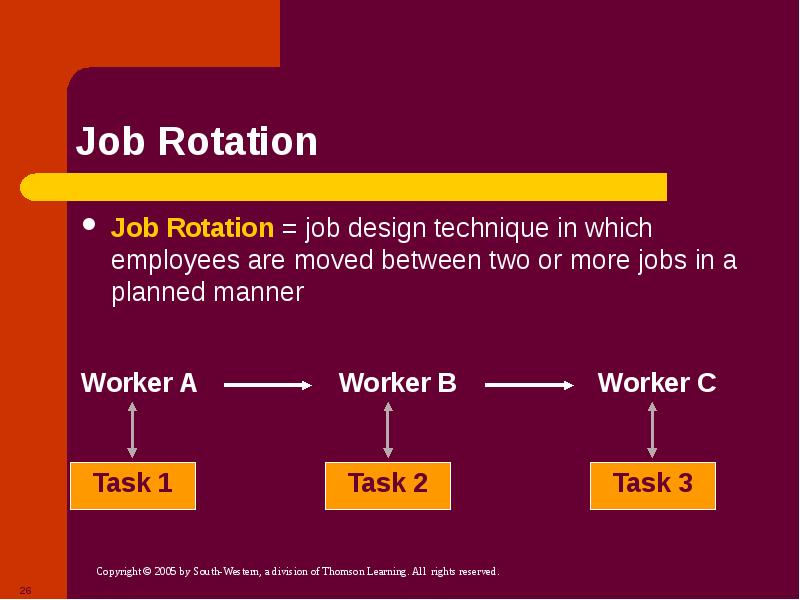
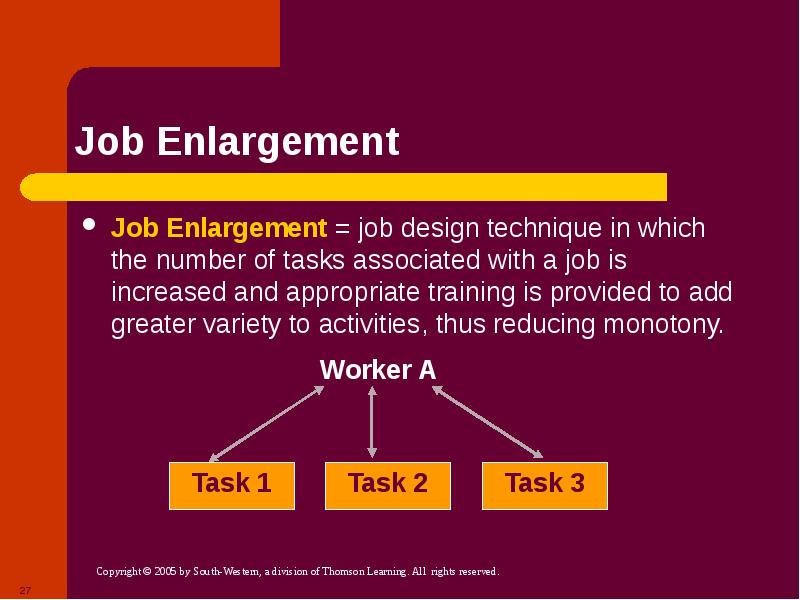
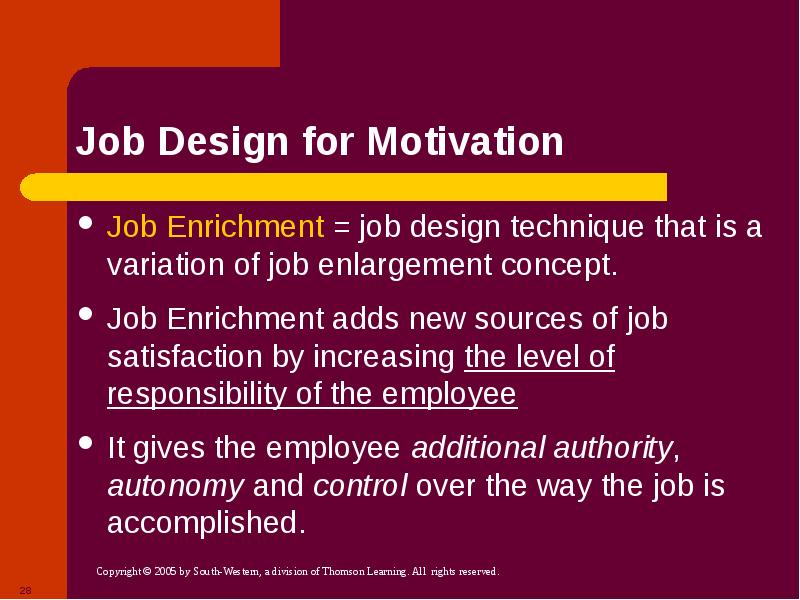
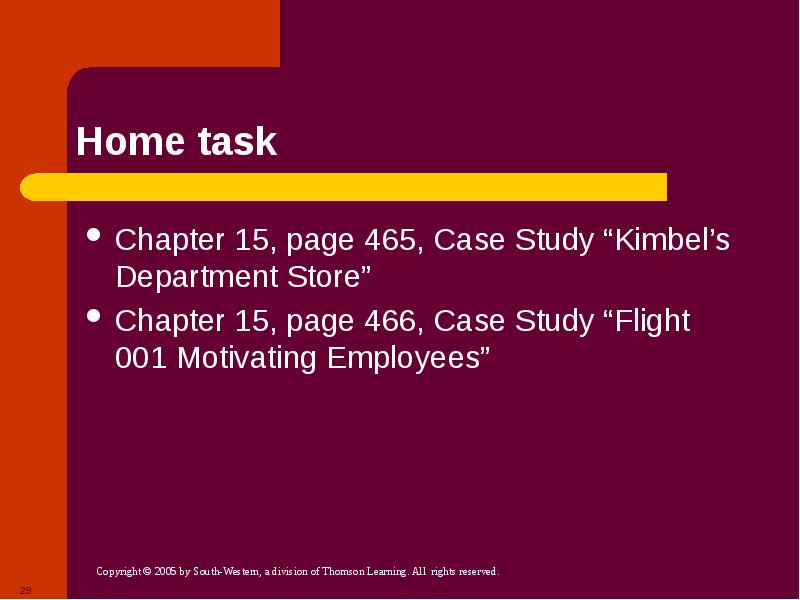
Слайды и текст этой презентации
Похожие презентации





























